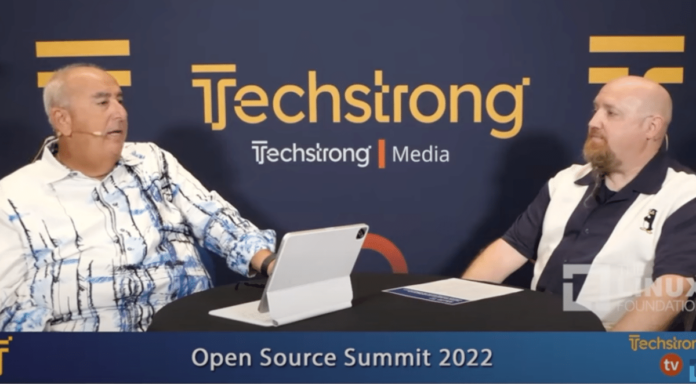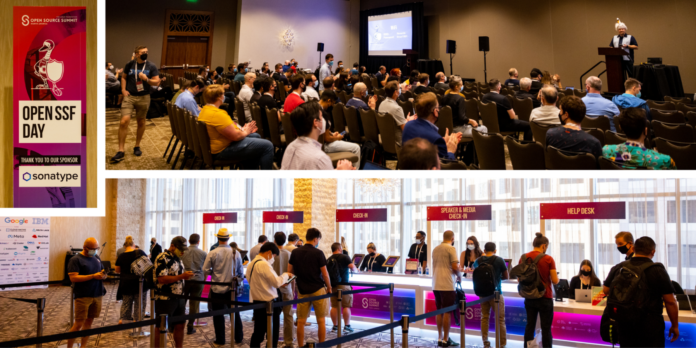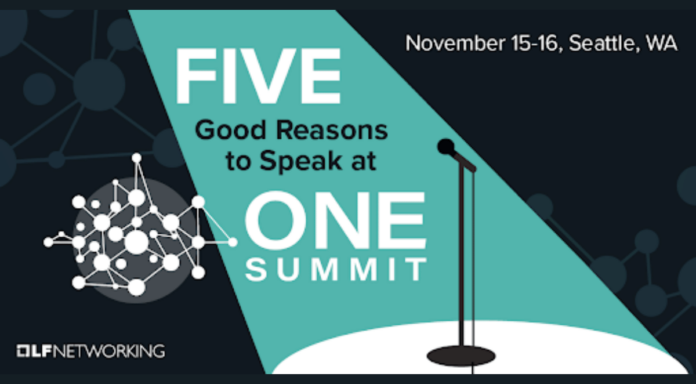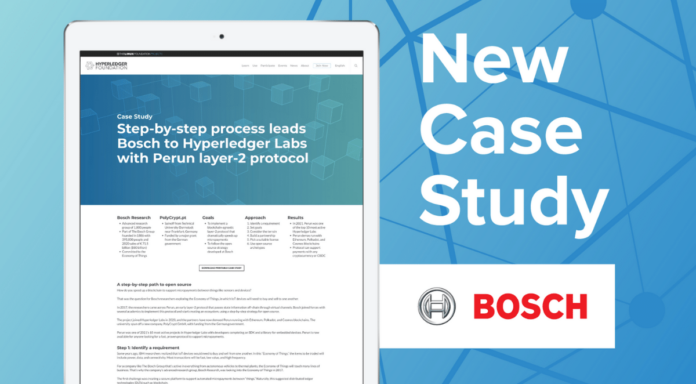In the Open Source Software Security Mobilization Plan released this past May, the very first stream – of the 10 recommended – is to “Deliver baseline secure software development education and certification to all.”
As the plan states, it is rare to find a software developer who receives formal training in writing software securely. The plan advocates that a modest amount of training – from 10 to ideally 40-50 hours – could make a significant difference in developer contributions to more secure software from the beginning of the software development life cycle. The Linux Foundation now offers a free course, Developing Secure Software, which is 15 hours of training across 3 modules (security principles, implementation considerations & software verification).
The plan proposes, “bringing together a small team to iterate and improve such training materials so they can be considered industry standard, and then driving demand for those courses and certifications through partnerships with educational institutions of all kinds, coding academies and accelerators, and major employers to both train their own employees and require certification for job applicants.”
Also in the plan is Stream 5 to, “Establish the OpenSSF Open Source Security Incident Response Team, security experts who can step in to assist open source projects during critical times when responding to a vulnerability.” They are a small team of professional software developers, vetted for security and trained on the specifics of language and frameworks being used by that OSS project. 30-40 experts would be available to go out in teams of 2-3 for any given crisis.
Christopher “CRob” Robinson is instrumental to the concepts behind, and the implementation of, both of these recommendations. He is the Director of Security Communications at Intel Product Assurance and also serves on the OpenSSF Technical Advisory Committee. At Open Source Summit North America, he sat down with TechStrong TV host Alan Shimel to talk about the origin of his nickname and, more importantly, software security education and the Open Source Product Security Incident Response Team (PSIRT) – streams 1 and 5 in the Plan. Here are some key takeaways:
I’ve been with the OpenSSF for over two years, almost from the beginning. And currently I am the working group lead for the Developer Best Practices Working Group and the Vulnerability Disclosures Working Group. I sit on the Technical Advisory Committee. We help kind of shape, steer the strategy for the Foundation. I’m on the Public Policy and Government Affairs Committee. And I’m just now the owner of two brand new SIGs, special interest groups, underneath the working group. So I’m in charge of the Education SIG and the Open Source Cert SIG. We’re going to create a PSIRT for open source.
The idea is to try to find a collection of experts from around the industry that understand how to do incident response and also understand how to get things fixed within open source communities. . . I think, ultimately, it’s going to be kind of a mentorship program for upstream communities to teach them how to do incident response. We know and help them work with security researchers and reporters and also help make sure that they’ve got tools and processes in place so they can be successful.
A lot of the conference this week is talking about how we need to get more training and certification and education into the hands of developers. We’ve created another kind of Tiger team, and we’re gonna be focusing on this. And my friend, Dr. David Wheeler, he had a big announcement where we have existing body of material, the secure coding fundamentals class, and he was able to transform that into SCORM. So now anybody who has a SCORM learning management system has the ability to leverage this free developer secure software training on their internal learning management systems.
We have a lot of different learners. We have brand new students, we have people in the middle of their careers, people are making career changes. We have to kind of serve all these different constituents.
Of course, he had a lot more to say. You can watch the full interview, including how CRob got his nickname, and read the transcript below.





